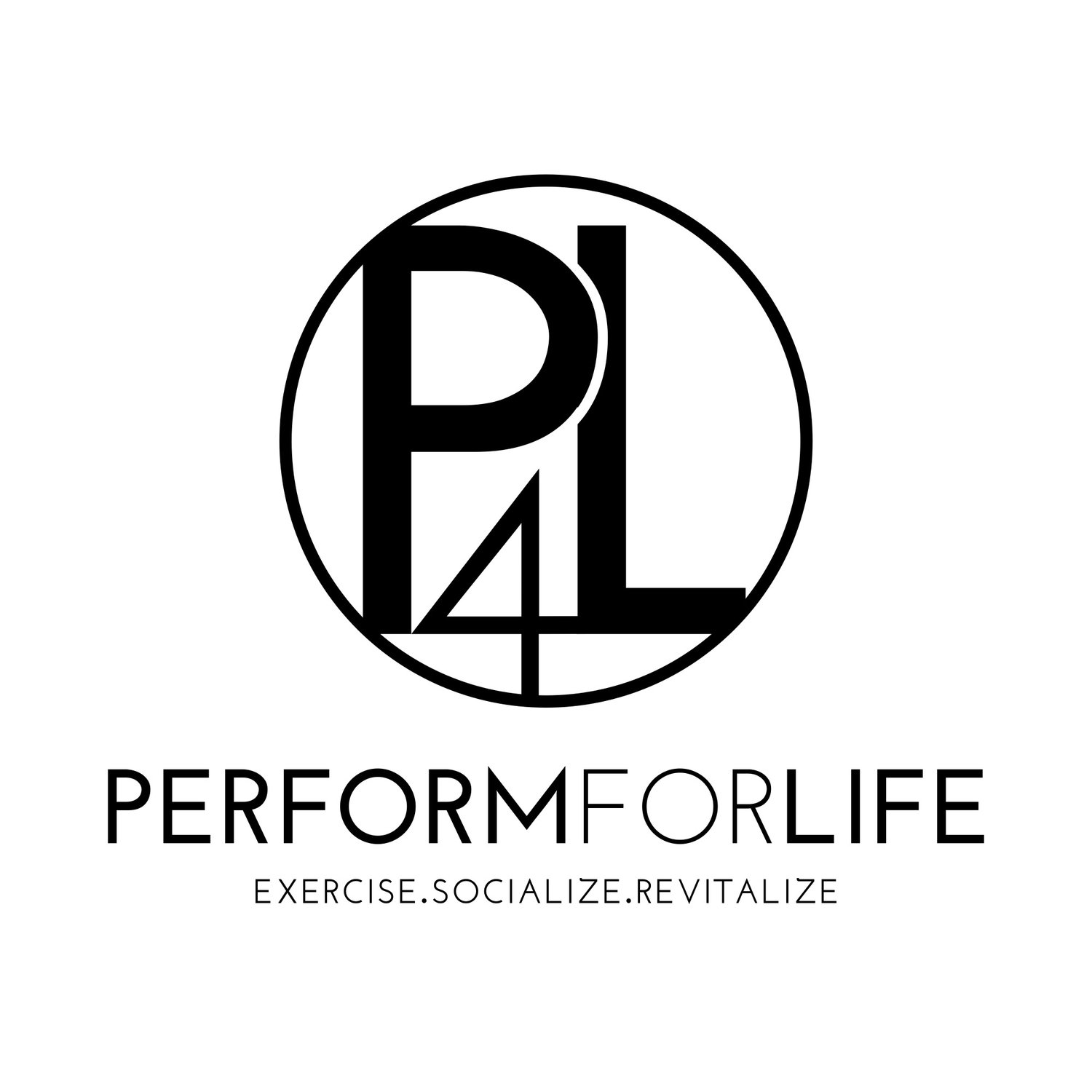How to Structure a Well-Lived Life
As the year is well on its way towards spring, it is likely that ‘we’ - San Francisco professionals - are feeling overwhelmed. As much as we’d like to structure our time to live a more balanced lifestyle, we end up prioritizing our careers over our health, personal development, and loved ones. What we’re always telling ourselves to do, and what we may often try to do, is “find time”. This, however, should be looked at differently - you need to make time.
As San Francisco professionals, we value knowledge, and we value experiences. We trust experts to help us, whether it’s through online research, counseling, or coaching services. However, do we really take full advantage of these insights and services? Or do we just go through the motions to get a little help, without actually living the lessons that we’re taught? The key to forward progress in almost any aspect of life is structure (funny, I know, coming from a guy whose thoughts are always racing a million miles per hour). However, what I’ve come to notice about myself, my family, employees, and my hundreds of clients and athletes over the years is that what gets us off track is the lack of effort in structuring our lives. After interviewing some of our top P4L athletes, we found that one of the main cravings that they have is the need for more balance in their lives, and the need for more structure in their training regimens.
What I would recommend is this: ask for help. Yes, you heard me. This actually means two things. The first: hire someone to help you with the lack of structure in a given area. If your nutrition is out of whack, make it more of a priority and hire a nutrition expert or food-delivery service to help guide you. However, there’s a second component many people lose sight of after hiring an expert or purchasing a service. Setting expectations with them about how the service is structured and making clear what you need from them is essential to success. Take a moment from time to time to reassess the value you’re deriving from the service, and also to note any progress made. From there, you can decide whether the progress is coming along great or is subpar at best. There should always be ample opportunity for discussions around how you and the expert expect to improve the structure of the program if you feel that it’s lacking. Make sure to keep in mind what’s realistically attainable in the time that you’ve given yourself. Overall, remember to not get discouraged. Structure is a good thing, and so are goals, but if you don’t reach them, keep moving forward. A little forward progress is better than no forward progress at all.
Structure helps us get the most out of our time, our services, and our lives in general. Here at Perform For Life, every new athlete’s fitness journey begins with a designed alliance: a contract that outlines the expectations of both trainer and athlete. This gives the athlete the chance to talk about his/her goals, requests, or even any worries they may have, while also giving the trainer a chance to discuss their planned exercise program structure and to get the athlete’s thoughts on it. We want to ensure that the athlete is involved in the plan every step of the way, and also that the plan is always aligned with the athlete’s goals. Goals often change, as do people, and that should always be expressed so that the trainer can adjust the structure of the program accordingly.
We know that structure is essential to success in almost all facets of life. At Perform For Life, it’s the key to our athlete’s success. Make a structured plan, stick to it, and go forth to achieve your goals.











